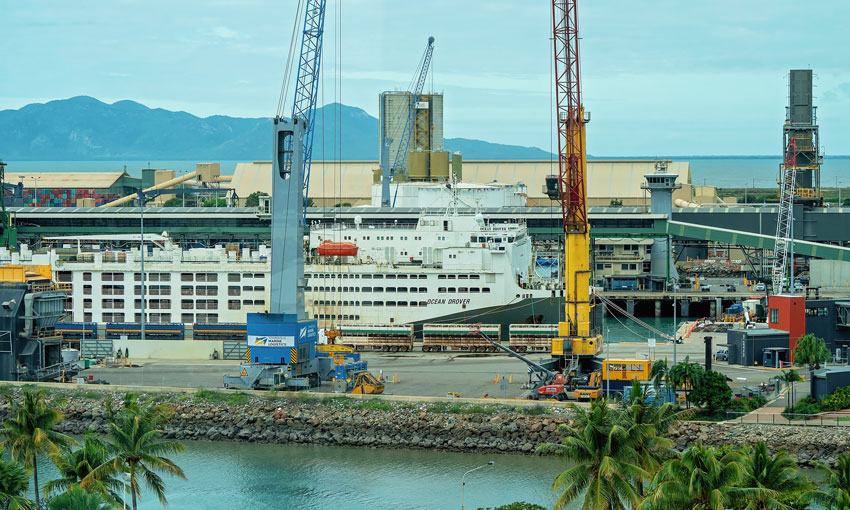LIVE animal exporter Wellard reported a savage first half of FY21. Its revenue dropped by 46% to US$18.2 million and it reported a net loss was US$1.6 million, a 14% decrease on the corresponding prior period.
The company said its loss for the first half of this financial year included a non-cash depreciation and amortisation expense of US$4.5 million “primarily relating to the depreciation of the group’s vessels”.
Wellard executive chairman John Klepec said the company was on track to add to its FY20 profit in H1 FY21, but several events combined to prevent that from happening, “which is frustrating,” he said.
“The temporary suspension of the New Zealand live cattle trade in September after the tragic loss of Gulf Livestock 1, her crew and cargo, caused us to reroute and part-load ships. In addition, an unscheduled extension to the dry docking of the M/V Ocean Ute negatively impacted its availability. These events increased costs and reduced revenue,” Mr Klepec said.
“The Group has had a promising start to the second half of FY21 with very high available vessel utilisation and high overall utilisation locked in for all of Q3 and for a large part of Q4 FY21. This utilisation is pleasing considering the fall in the number of live cattle and sheep exports from our Australian home market, which is placing pressure on vessel charter rates as ship owners compete for a smaller number of available charters.”
Mr Klepec said the work over the past two to three years fixing its balance sheet has made the company more resilient, “and that was borne out with these results,” he said.
Wellard reported its general and administrative expenses shrank by 46.9%, or US$2.0 million, in the first six months of FY2021, which helped to limit the impact of the operations on the Group EBITDA to a 57.1% decrease on a period-to-period basis, settling at US$3.4 million.
The company said the COVID-19 pandemic continued to challenge operations, with regulatory restrictions and logistics challenges requiring vessels to incur costly and time-consuming deviations to complete crew changes in ports outside our trading routes.
Wellard said its outlook for the second half is “mixed”. It said it has negotiated a good forward charter book with Ocean Ute chartered until late June, Ocean Drover until late May and Ocean Swagman until mid-May.
With live export prices for feeder steers currently in excess of $4/kilogram, consumers in destination countries are turning to alternative proteins, impacting on importer margins and therefore demand for Australian livestock.
This in turn is reducing exporter demand for charter vessels and creating greater competition among charter companies for the voyages that are being tendered.
The fall in volumes of cattle shipped from Australia between the first half and second half of CY20 is evidence of this supply/demand dynamic. The number of feeder steer exports dropped by 25%, while slaughter cattle exports dropped by 28%. Breeder cattle exports were less affected, falling by 7%.
Live sheep exports in CY20 declined by 27% compared to the prior calendar year, and only a handful of shipments were exported in the second half of the calendar year by vertically integrated, overseas-based exporters who run their own vessels.
This fall in feeder and slaughter cattle export numbers prompted Wellard to increase its activity on the New Zealand to China and South America to China trade routes for Breeders in H1 FY21, an advantage of operating mobile assets. This trend has continued into H2 FY21.

